Series Reading Like a Historian: Reading Like a Historian: Primary Source Documents
Save to My Resources
PLEASE CREATE A NEW ACCOUNT OR LOG IN TO ACCESS THIS CONTENT
Enjoy your first video for free. Subscribe for unlimited access.
Have questions about subscribing?
Click Here to learn more about individual subscriptions.
Click Here to learn more about School and Institution access.
Discussion and Supporting Materials
Thought starters
- What criteria could you use to select effective primary source documents?
- Why does Ms. Duvoor suggest starting with short passages?
- How could you apply Ms. Duvoor's suggestions for differentiating primary source documents?
School Details
Summit Preparatory Charter High School890 Broadway
Redwood City CA 94063
Population: 454
Data Provided By:

Teachers
Shilpa Duvoor
Newest
|
4 MIN
|
5 MIN
|
5 MIN
UNCUT CLASSROOMS
| TCHERS' VOICE
English Language Arts

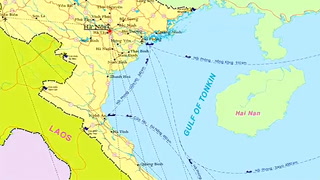
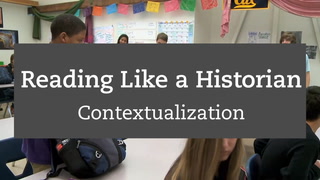
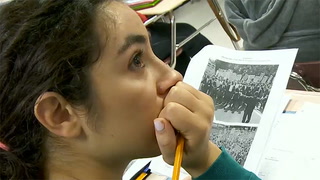
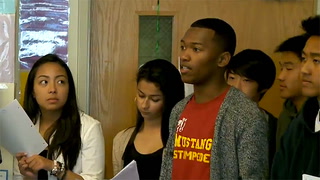
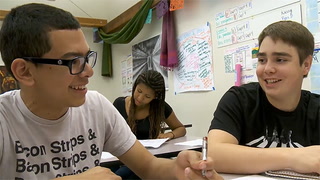



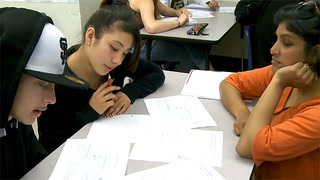









8 Comments
gwen purvis Dec 7, 2017 11:16pm
AJ Guevara Aug 6, 2016 5:28pm
sam wineburg Jul 4, 2016 3:35pm
Adam Hopson Feb 3, 2016 11:09am
Courtney Doyland Jun 13, 2014 5:34pm